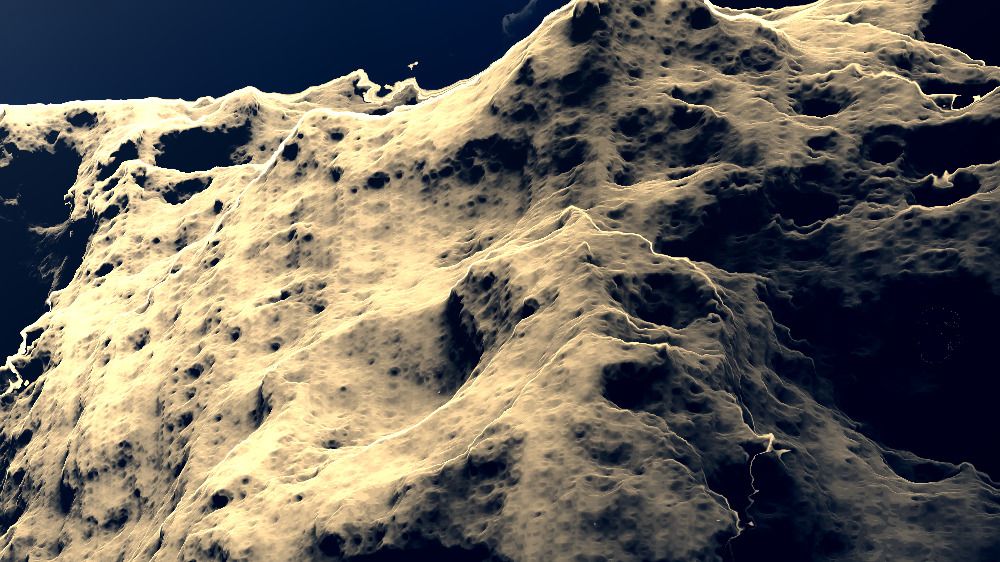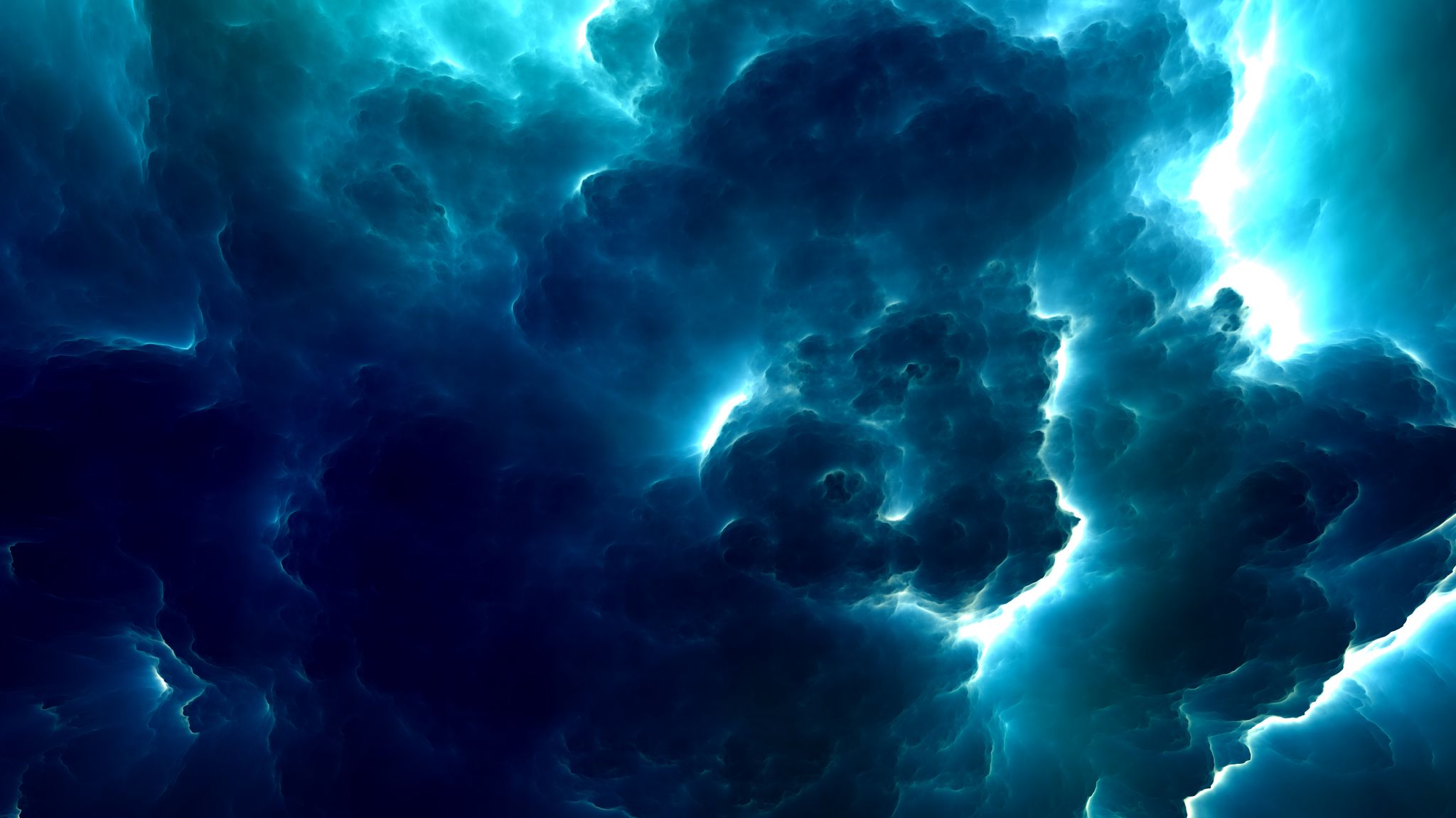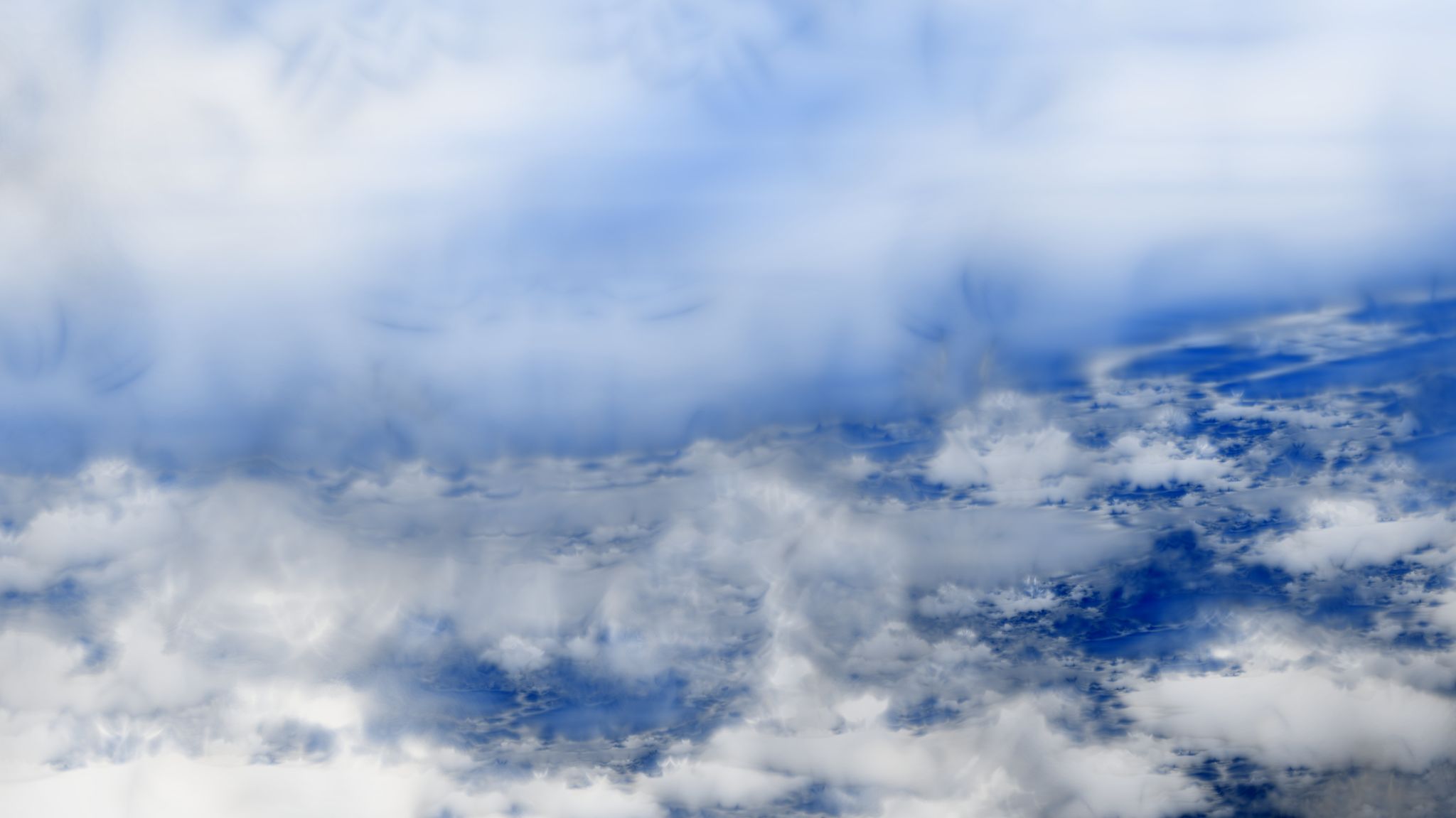Art
日本語
 Art / アート2023/3/0 7:222025/12/5 11:26
Art / アート2023/3/0 7:222025/12/5 11:26What is Art?
When we talk about art, there is always someone else who we talk to, or there is an objective reflection of ourselves (mirror) within us. Here, I would like to confirm the meaning of art. This could avoid complications or misunderstandings.
In modern society, art, as referred to by Hippocrates (medical technology), is undoubtedly distinct from what is commonly recognized as art, like paintings, sculptures, or art expressed through words. The word "art" likely evokes an image through the "signifiant" concept, but I don't believe it possesses any inherent meaning.
I would like to write about the meaning of art by borrowing words from Takeshi Yoro and Masaya Chiba, while my enthusiasm is still fresh.
Those who use the word "environment" separate themselves from the environment, implicitly indicate that they are not part of the environment.
There is a social structure in which our sensitivity to the concept of "flux" that we originally possessed has faded away.
A society increasingly becoming monotonous, all the while concealing itself under the term "digitalization.”
Our original perceptions about ambiguity being reduced to simply "good or bad," or "zero or one."
In a society where time constraints are felt in everything, there is a certain mechanism of that. The low cognitive load of our brains is precisely what modern society needs and is closely related to the concept of cost-performance ratio.
In a society that generates the concept of cost-performance ratio, monotony is actively affirmed. The superficial value of any actions per time increases, and the entropy of sensitivity is drastically eroded.
The existence of affirmation and rebellion (denial) is interdependent. The more we endorse urbanization, the more art is emphatically affirmed, irrespective of individual consciousness. That is why I think art stands out in moern times. In a world devoid of urbanization, what meaning would there be in employing the concept of art? Because we are art.


Pulsion as an Expression
Art is ultimately the imagination and symbol produced by language, and is greatly dominated by the signifiant. However, there is always something that cannot be verbalized that remains. The fact that it cannot be verbalized suggests that it is an event in the realm of reality (the non-linguistic unconscious, the lower structure) rather than the surface world. Whatever the true nature of the "something that remains" could be, I have decided to call this feeling "expression.”
Art is both internal and external. I believe it originates in the oscillation between affirmation and rebellion, possibly between the surface world (the world of imagination dominated by symbols) and the world of reality.
Consequently, my definition of art inevitably transforms into "expressive arts.” It becomes something expressed through nested structures of affirmation and rebellion. It shows the struggle between a return to the primal (ultimate peace = death) and the survival instinct (resistance to death = life).
I use “pulsion” as “inner desires”.

Expressive Art
When considering the concepts of non-change (record) and change (memory), both modern and contemporary art tend to focus on the former - the non-change (record).
This can be seen in museums and art galleries. Look around how they do restoration and conservation. While the effects of restoration on the accumulation of historical knowledge are easy to imagine, why do we not actively seek positive meaning in the decay of works by not conserving them?
Art, which should be changing like "nature," is being unnaturally preserved by human intervention. Wasn't art meant to be a counterpoint to urbanization? I am puzzling.
Our consciousness is dominated by overdeveloped neural circuits that do not focus on our constant change of any moment, and we have the illusion that we are always who we are. We are no longer the same from moment to moment.
This is directed at "you" and "me.”
Why do we tend to consider only one of either life or death without thinking both could coexist? Such thinking silently creates invisible surveillance in society. We, who have sensitivity, should be able to interpret this in a variety of ways rather than one simple way.
As simplification progresses, we have begun to use the term "diversity." It is very strange.
The diversity that has been verbalized is a Western sense of diversity and is probably something that does not involve genuine diversity. It is the kind of diversity that is necessary in today's simplified society, not the diversity (eccentricity with madness) that we originally possessed by Mother. Art gracefully casts light and shadow on this degenerate society.
If we understand "art = expression," then it is undoubtedly art even if it is in digital. Physical sculptures and paintings may change in appearance over time, but if they were created as counter-existences to urbanization, then all of them, regardless of whether they are digital or not, must be considered art.
If you view art from the perspective of "recording", you may begin to think that works that decay over time, such as sculptures and still images, are more important. They prevent the natural decay of works and repair them. This is unnatural.
Digital media may appear to be far removed from the effects of time, but if we acknowledge the impact of digital media on the memories of those influenced by digital art, then digital art can be seen as existing in time just as traditional (analog) art does.
Fractals
While delving myself into mathematical physics, I poured almost everything about science into waves (wave equation). During my (our) research, I was repeatedly struck by the delusion that the world could be described by waves. I saw self-similarity in things like the shapes of flowers, leaves, coastlines, seashells, the Mona Lisa, the human body, and galaxy clusters. I also saw self-similarity in myself. I believe this periodicity is the expression of mathematics.
In the past, strange recursive mechanisms found in cellular automata, Escher's paintings, or the canonic style of scales in Pachelbel or Bach's music have a mysterious quality that is difficult to explain, rather than just a sense of mathematical beauty. Fractals, Mandelbrot, and Voronoi diagrams exhibit multi-dimensional appeal in which nonlinear regularity structures and regression mechanisms are based on the golden ratio.
Expressive arts, and in particular generative art, is an approach that connects art and fractals, and the digital nature of this art form allows for the potential of updating the definition and meaning of art. It also includes the theme of the decay of the digital realm.
If such patterns and structures can be expressed as generative art, it can be said that they are visually reproducing nature to some extent. This entire process of thought and realization is a demonstration of the simulation hypothesis.
This is the reason why I am captivated by generative art, and it is one of my IKIGAI as stated by Ken Mogi.
GLSL
How to make art generative? Programming, which I have done through science, is a reliable approach. I choose GLSL which is a shader that renders on the pixel screen using ray marching with GPU. Multi-fractals are rendered using non-integer Brownian motion (fBm) with ray marching.
Striking a balance between minimizing programming complexity and maximizing fractal properties is crucial to the simulation hypothesis. Using the constraint of 300 characters in the online editor twigl.app, I generate my code to fit within this limit (geekest 300es).
Artworks
Awards
- Code Graphics 2nd place @SESSIONS Code Graphics (2025) “simulated reality -j-”

- Finalist @SHIBUYA AWARDS (2026) “everflow”
- Awarded @New Art ZERO (2025) “the bubble universe -lunar-”
- Awarded @New Art ZERO (2025) “galaxy”
- Chie Hiraizumi Award @SHIBUYA AWARDS (2025) “emptiness, your infinity”

- Excellence Awards @Asia Digital Art Award FUKUOKA (2024) “galactic soup”

- Code Graphics 5th @SESSIONS Code Graphics (2024) “simulated reality -a-”

- Awarded @Japan Generative Art Award (2024) “the bubble universe”
- JACK James Award @ART OLYMPIA (2024) “tiny giants: a microscopic view of the universe”

- Art Olympia Special Award @ART OLYMPIA (2024) “mother sponge”

- Selected @New York Art Incubation (2024) “galactic soup”
- Selected @New Art ZERO (2024) “the fractal space”
- Selected @New Art ZERO (2024) “the universe in the fungus”
- Awarded @Un Do (2024) “macroscopic microscope”
- Selected @New Art ZERO (2023) “ocean to life”
- Selected @New Art ZERO (2023) “metamorphose”
- Grand Award @Asia Digital Art Award FUKUOKA (2022) “upwelling mantra”

